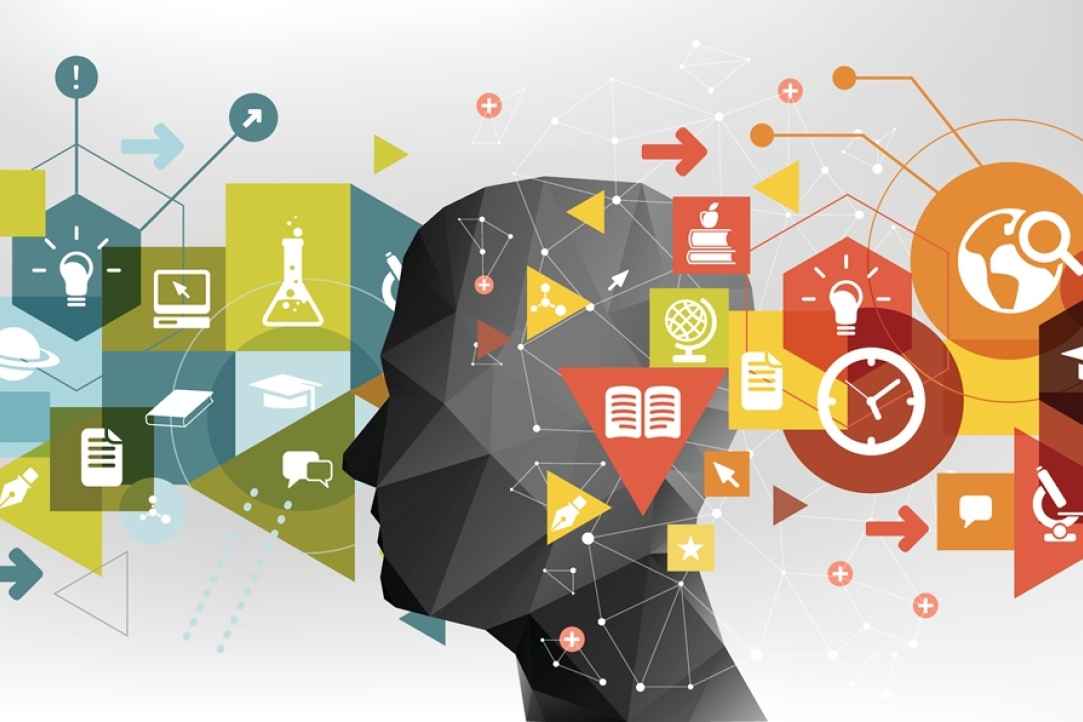
HSE Researchers Receive Grants in Russian Science Foundation Competitions
The Russian Science Foundation announced the results of its 2019 competitions for support from the Presidential Research Project Programme. One competition was for grants in support of research initiatives by early career researchers, and another was in support of research conducted by research groups headed by early career scholars.

DNA Secondary Structures Lead to Gene Mutations that Increase the Risk of Cancer
Researchers have used machine learning to discover that the two most widespread DNA structures — stem-loops and quadruplexes — cause genome mutations that lead to cancer. The results of the study were published in BMC Cancer.

Personality at Work
The way one thinks, feels and acts in certain circumstances can determine career opportunities in terms of employment and pay. For the first time in Russia, Ksenia Rozhkova has examined the effect of personality characteristics on employment.
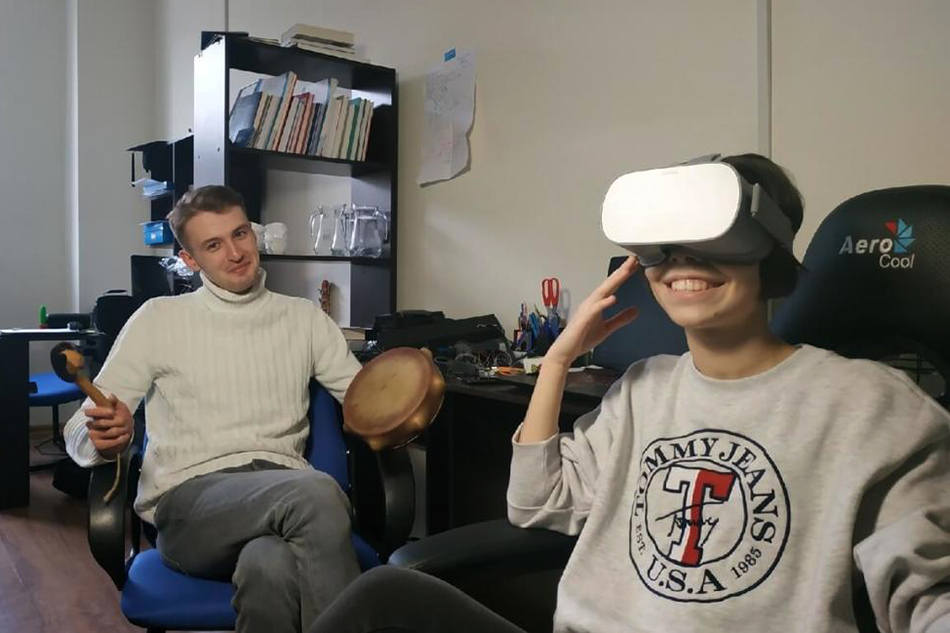
‘We Want to Talk About How the Human Brain and Machine Intelligence Work’
In a competition for science bloggers held at HSE University, Vladimir Mikheev and Vikotria Zemlyak were among the top performers. The students of the English-taught Master’s programme ‘Cognitive Sciences and Technologies: From Neuron to Cognition’ produce ‘Neirochai’ (‘NeuroTea’), a science podcast. The duo spoke with the HSE News Service about their guests, their listeners and their future plans.
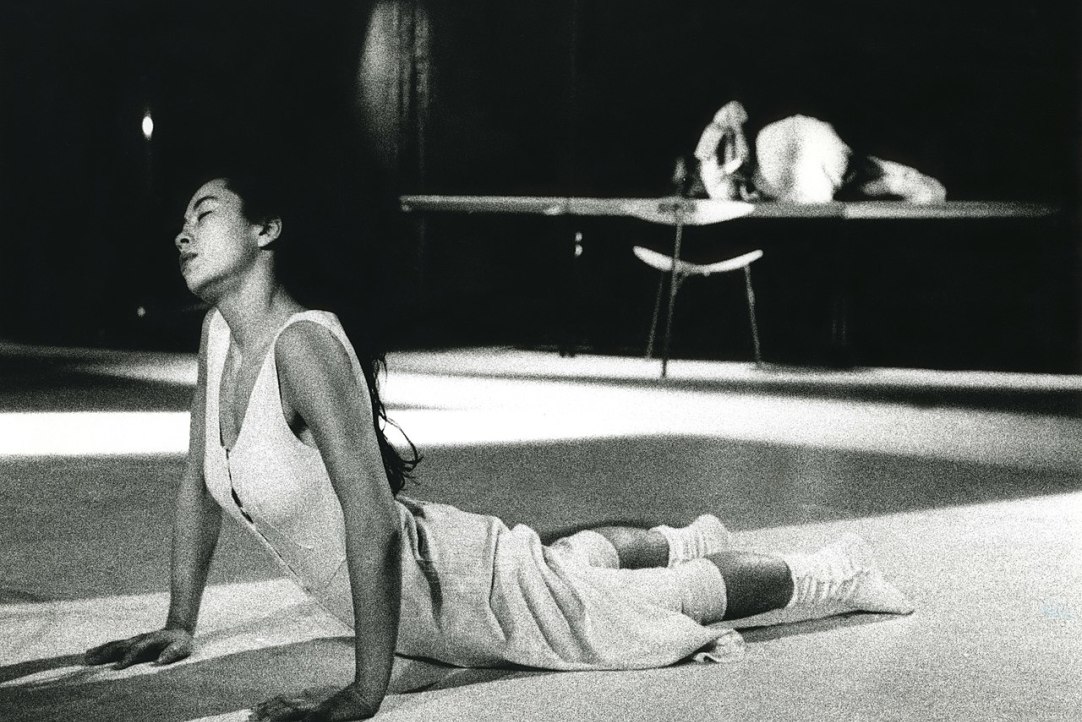
Anthropological Pirouette
For a long time, it was mainly art and theatre critics who wrote for a wide audience about dance from a spectator’s perspective. Later, philosophers and ethnographers began to study dance from different angles. But only when people with first-hand experience, i.e. dancers, joined in, did dance and movement studies get off to a real start. Irina Sirotkina explains how dance studies evolved in the 20th century.
Russian and French Scholars Present Research on Soviet History at Graduate Seminar
The International Centre for the History and Sociology of World War II and its Consequences at HSE University held a Graduate Student Seminar in Soviet History together with Sciences Po (France) on June 17 – 18, 2019. HSE News Service spoke with participants and instructors of the seminar, which examinedthe impact of WWII on the Soviet Union and surrounding regions, as well as aspects of the Soviet system from Stalin up to the 1980s.
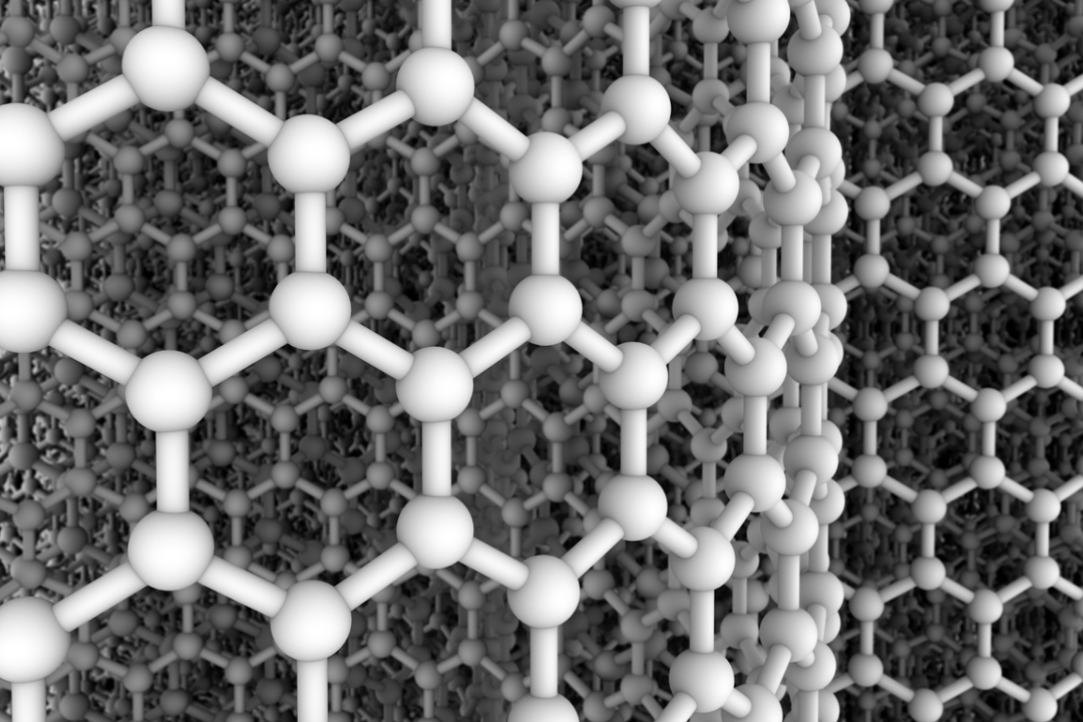
HSE University to Launch First Experimental Physics Laboratories
The HSE University competition committee has announced the winners of an international competition for new physics laboratory proposals. Two proposed projects were selected: the Laboratory of van der Waals Heterostructures, headed by Davit Ghazaryan, and the Laboratory of Nanophotonics and Functional Materials, headed by Andrey Krasavin.

Researchers Propose New Approach to Post-Stroke Rehabilitation
The existing approach to brain stimulation for rehabilitation after a stroke does not take into account the diversity of lesions and the individual characteristics of patients’ brains. This was the conclusion made by researchers of the Higher School of Economics and the Max Planck Institute of Cognitive Sciences in their article, ‘Predicting the Response to Non-Invasive Brain Stimulation in Stroke’.
In Search of Truth in the Pravda Newspaper
On June 24-25, HSE University held the international academic conference, ‘The 1990s: A Social History of Russia’ organized by International Center for the History and Sociology of World World War II and its Consequences, the Boris Yeltsin Center, the Egor Gaider Foundation, and the Friedrich Ebert Foundation. HSE News Service spoke with Roberto Rabbia, one of the international participants, about how he became interested in Soviet history, why he reads Soviet newspapers, and what he has learned from his research.
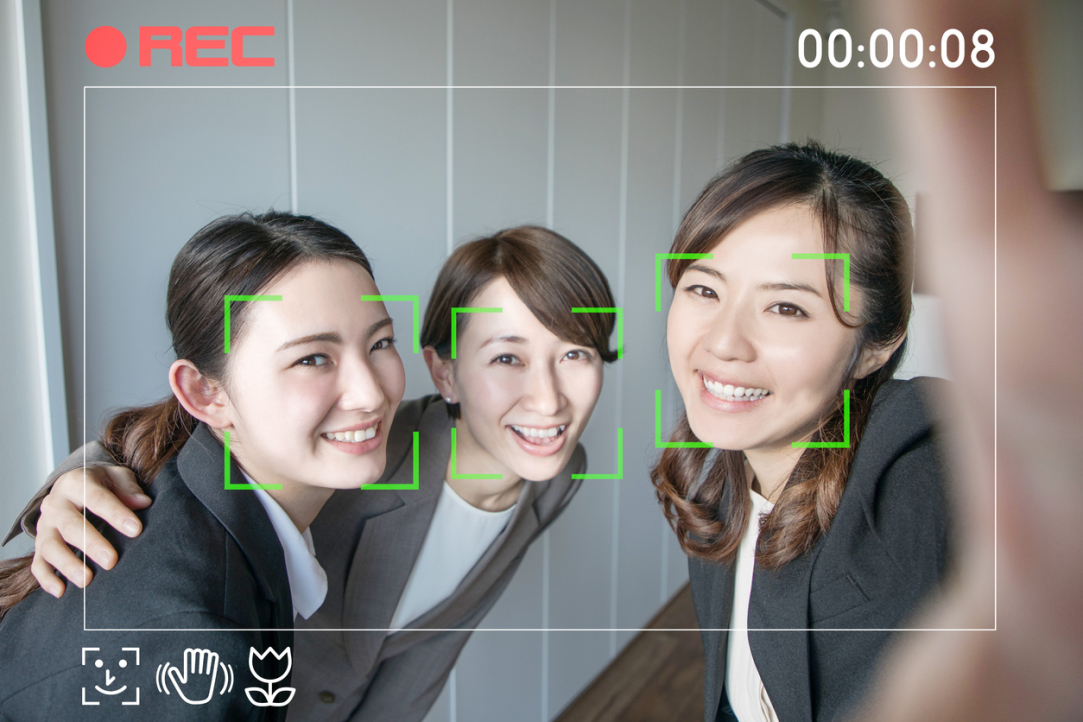
Researchers Teach Neural Networks to Recognize Similar Objects on Videos without Accuracy Degradation
Andrey Savchenko, Professor at HSE University, has developed a method that can help to enhance image identification on videos. In his project, a network was taught by a new algorithm and can now make decisions on image recognition and classification 10 times faster than before.

